Immersed in Human-Environment Interactions
To some people, living in the 'Anthropocene' means that human hands have touched everything. Such 'post-natural' world perception contrasts the principles taught in the module of Human-Environment Interactions. However, neither the understanding of nature nor the interactions between humans and their environments are considered universal to MEG students. The module of Human-Environment Interactions builds upon concepts such as property, resources, access, and institutions. In addition, this module centered on three theoretical perspectives, which navigated students through their analysis of case studies.
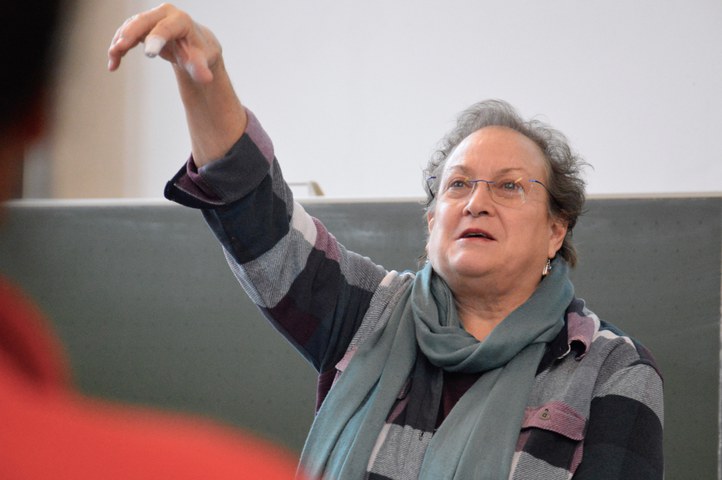
Lecturers Prof. Dr. Margaret Shannon (see picture above) and Robert John (see picture below) introduced the “power perspective" in a bright lecture hall on a blurry Wednesday morning. Luckily the pitched floor ensured a clear view of the lecturers and their supporting slides. Hereby was a sharp outline of the historical setting, apolitical ecologies and political ecologies compensating for the grey tones of the clouds outside.
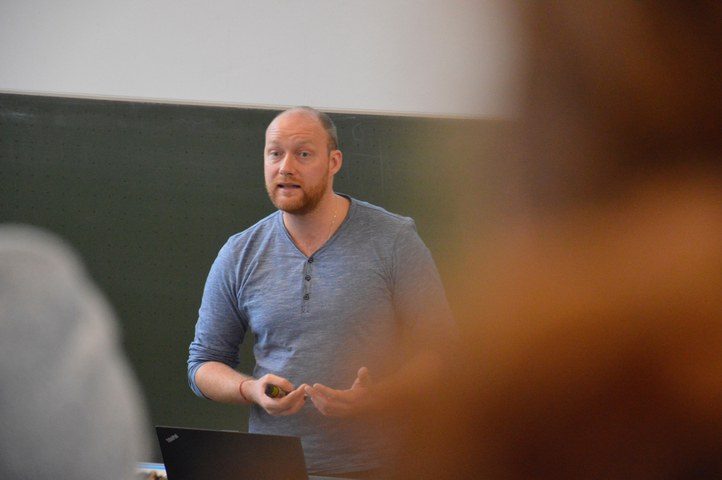
The arguments on political ecologies were presented to the group of interdisciplinary students who not only consisted of MEG students but also Master's students from the forestry and environmental science program.
From the 1960s and onwards, social scientists have focused on environmental topics and engaged in the diversification of "ecology" as such. In 2013, some fifty years after the social sciences discovered environmentalism, Robert John joined the MEG Program. He has a background in Philosophy and Economics, which - after the graduation from MEG - led him to write his dissertation within the framework of political ecology. Substantially Robert John illustrated the depth of conflict by unfolding his research of "the Marketization of Sand in Cambodia". A group exercise (see picture below) made the students reflect on the numerous elements in the supply chain of Cambodian sand.
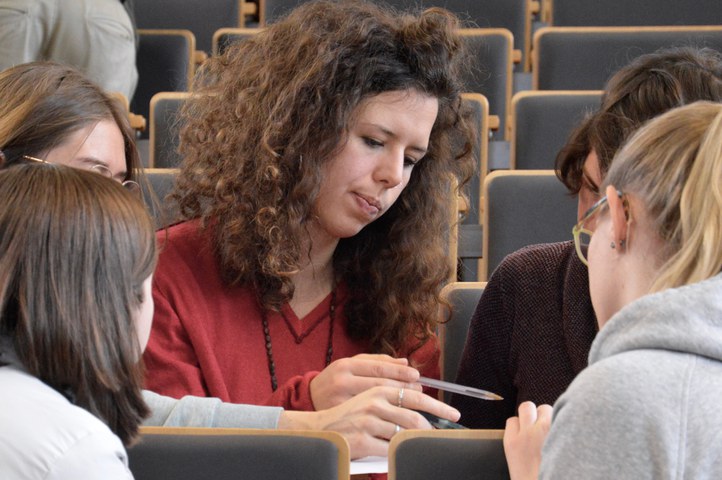
The current research on the topic of sand in Cambodia is outlined on the website for the "Economic Geography and Sustainable Development" in the following manner:
"Sand is not a resource that many people associate with conflicts. Accordingly, the increasing exploitation of sand due to processes of globalization is rarely the object of scientific and public debates. But despite the common perception that sand is neither rare nor precious, it has evolved into the most important building material and a scarce resource in many regions of the world, especially those characterized by rapid population increase and urbanization." (Universität Freiburg 2019).
Even though the research project is still ongoing, concluding remarks were reached by the end of the Wednesday lecture. These referred to the marketization of resources in Cambodia along the lines of degradation and marginalization, environmental conflict and exclusion, and political objects and actors.
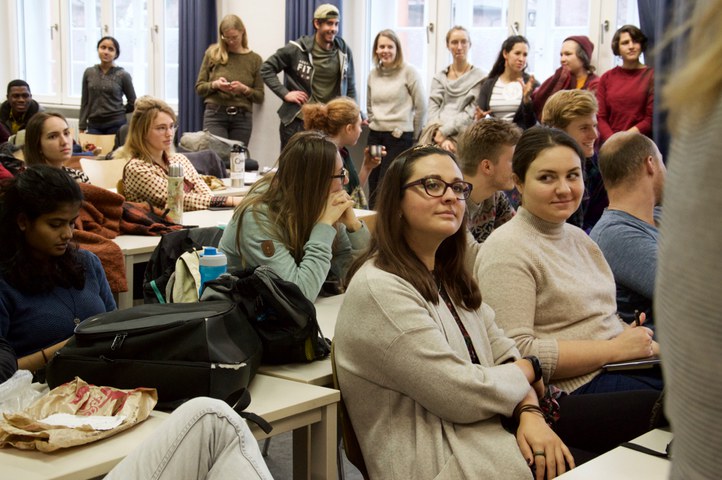
The students set off their own projects with inspiration from the case study from Cambodia and other research projects related to the team of teachers. During this process, they gathered information to assess regions across the world with their newly provided theoretical tool-set. All along the students were carefully guided by the ever strong teacher duo: Prof. Dr. Margaret Shannon and Prof. Dr. Michael Pregernig. As for the rest of the teaching staff, the module was glorified with the presence of the teaching assistants: Robert John, Hanna Helander, Anran Luo, and Bleta Arfi.
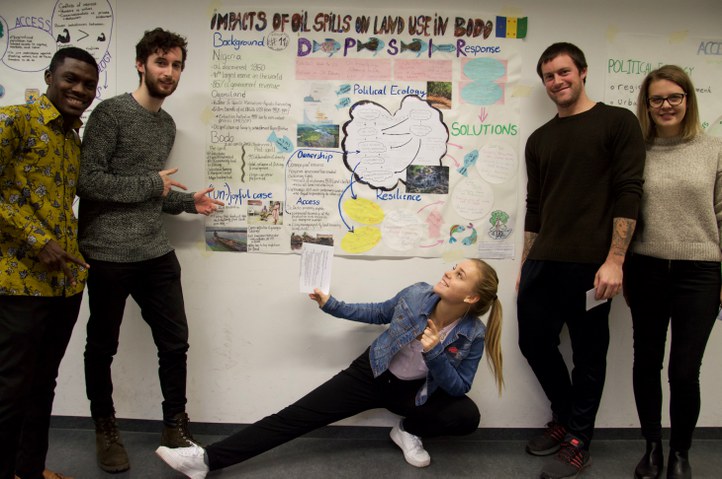
At the final poster show, the students shared their cases and analytical findings. By a final ballot, the favorite two presentations were awarded with Christmas sweets and honorable applause. In fact, the result turned out to be a vote tie between the groups representing the two cases "Mexico's Green Gold" and "Do you even mine/d" (see pictures below).
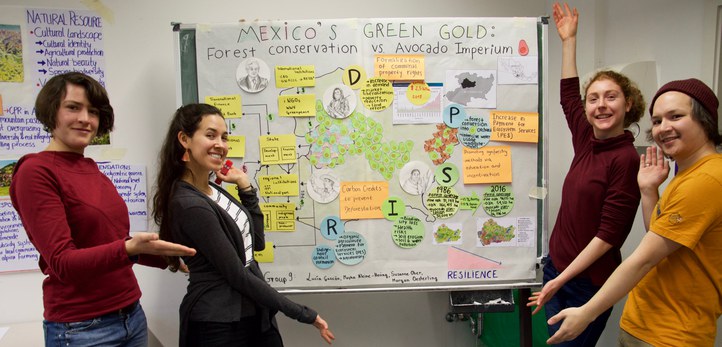
This picture shows the case of "Mexico's Green Gold", which covered governance of avocado production in Mexico.
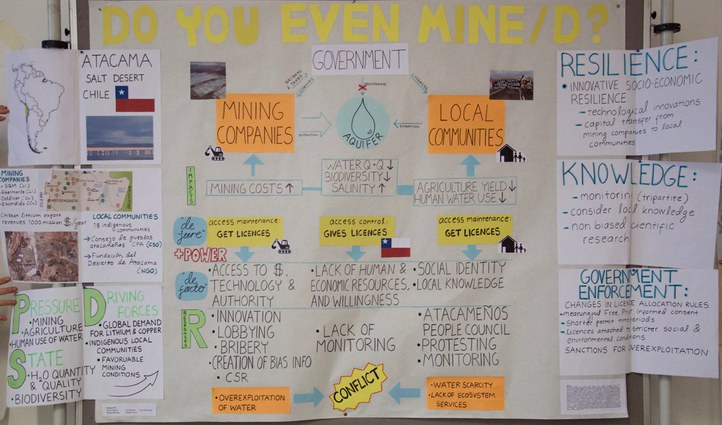
The above poster "Do you even mine/d" was presented by the group studying mining in Chile.
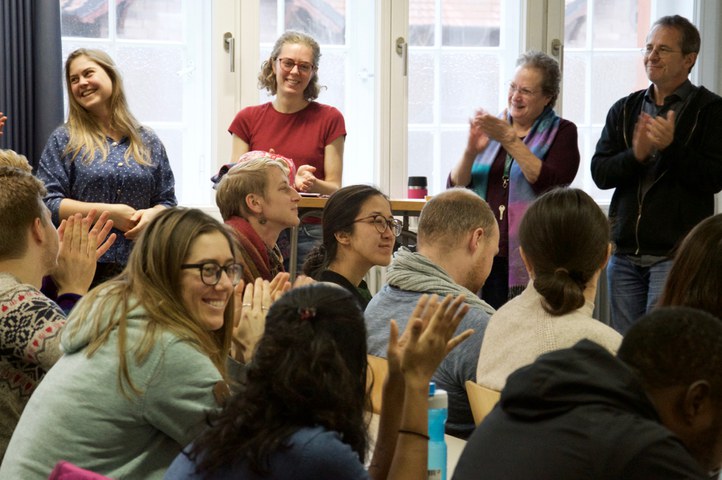
Empowered by the award, the selected groups presented their cases for the entire class one last time. In this way, the module of Human-Environment Interaction ended with big smiles and a well-deserved Christmas break.
Text: Sophia Silverton and Sofie Hovmand / Pictures: Sofie Hovmand


